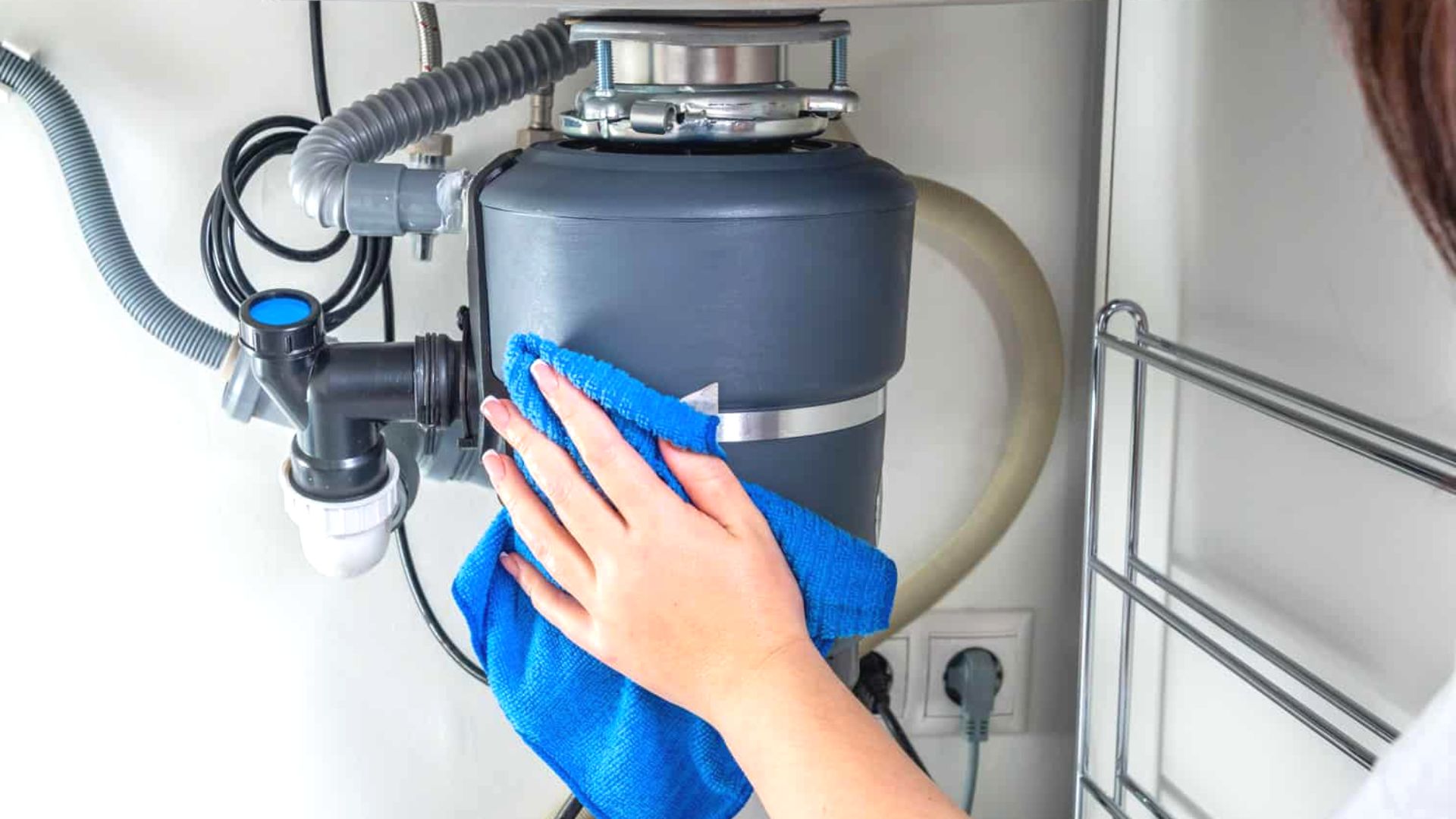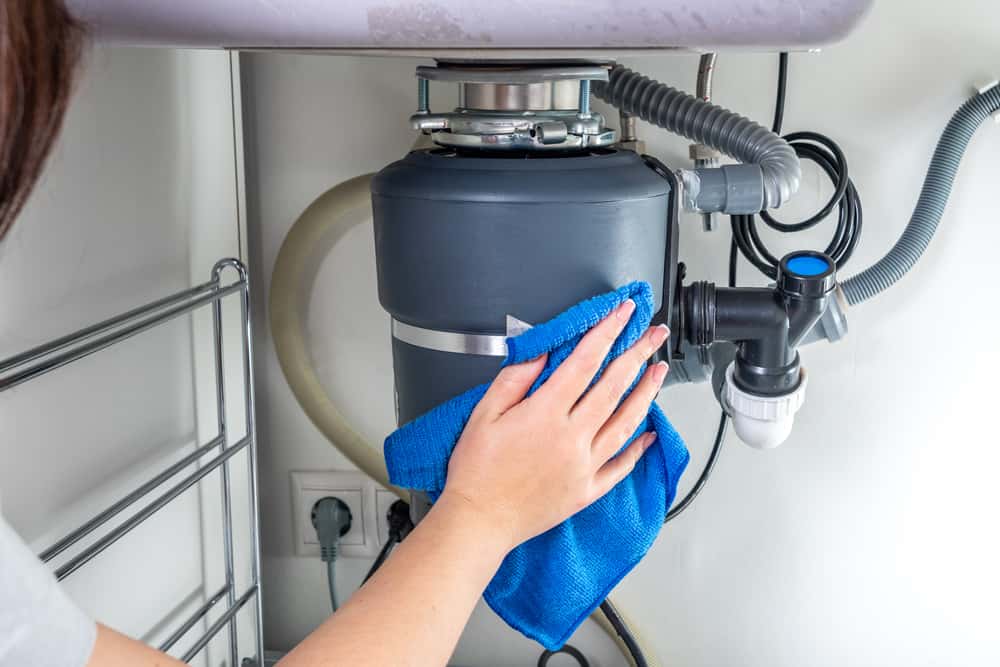Best Tips for Fixing a Leaking Waste Disposal Unit
Best Tips for Fixing a Leaking Waste Disposal Unit
Blog Article
Right here down the page you can locate additional first-rate points in relation to Why Is .

Waste disposal unit are crucial kitchen area appliances that assist in throwing away food waste effectively. However, a dripping garbage disposal can be an irritating and untidy problem to deal with. The good news is, several leaks can be fixed easily with a couple of easy actions. In this short article, we will certainly talk about how to repair a dripping garbage disposal successfully.
Introduction
Waste disposal unit are installed under kitchen area sinks and are designed to shred food waste right into smaller sized items, enabling it to travel through the plumbing system conveniently. While these devices are usually trustworthy, leaks can happen with time due to deterioration, loosened links, or damage to the device.
Step-by-Step Guide to Fixing a Leaking Waste Disposal Unit
Turn Off the Power
Before trying any fixings, ensure that the power to the garbage disposal system is switched off to prevent the danger of electric shock.
Find the Leakage
Identify the precise place of the leakage and determine the cause
Tighten Connections
Make use of a wrench to tighten any type of loose links between the disposal system and the pipes system.
Change Seals or Gaskets
If the leakage results from used seals or gaskets, remove the old elements and replace them with new ones.
Patching Fractures or Holes
For fractures or openings in the disposal device, usage epoxy or an ideal patching product to secure the broken location.
Recognizing the Resource of the Leakage
Prior to attempting to fix a leaking garbage disposal, it is important to determine the resource of the leakage. This can commonly be done through visual evaluation or by carrying out easy tests.
Visual Evaluation
Examine the garbage disposal unit carefully for any indicators of water leak. Pay very close attention to areas around seals, gaskets, and connection factors.
Examining for Leakages
One means to check for leakages is by running water with the disposal unit and checking for any noticeable indicators of leak.
Typical Causes of Leaks in Waste Disposals
Worn Seals and Gaskets
Seals and gaskets play a crucial duty in stopping water from leaking out of the garbage disposal. Over time, these parts can degrade, resulting in leakages around the disposal device.
Loose Connections
The connections in between the waste disposal unit and the plumbing system can end up being loosened over time, creating water to leak out during procedure.
Fractures or Holes in the Disposal Device
Physical damage to the garbage disposal, such as splits or holes in the real estate, can likewise result in leakages.
Tools and Materials Needed for Fixing a Dripping Garbage Disposal
Before starting the repair process, gather the needed tools and products, including a screwdriver, flexible wrench, plumbing professional's putty, replacement seals or gaskets, and epoxy or patching product for repairing splits or openings.
Examining the Garbage Disposal After Repair Service
Once the repair is full, examine the garbage disposal by running water via it to make sure that the leakage has actually been fixed.
Preventive Upkeep Tips to Prevent Future Leakages
To avoid future leakages, it is important to execute regular upkeep on your garbage disposal. This consists of maintaining it clean, avoiding putting non-food things or difficult things down the disposal, and regularly checking for leaks or other issues.
Verdict
Finally, taking care of a leaking garbage disposal is a reasonably straightforward process that can be finished with fundamental tools and products. By complying with the actions described in this post and exercising preventive maintenance, you can maintain your waste disposal unit in good working problem and avoid expensive repairs in the future.
What to Do About a Leaking Garbage Disposal
A leaking garbage disposal often goes unnoticed until you confront a sopping cabinet, a foul-smelling puddle, or an audible drip-drip-drip from the unit. The fix can be frustrating, too, because the leak can stem from a number of components in the system. Fortunately, with a little sleuthing, you can zero in on the leak and—depending on the exact location—stop the icky oozing and repair the component that caused it. Worst case scenario, if it turns out that the garbage disposal must be replaced, installing a new one is a reasonable do-it-yourself task for those with basic plumbing skills. Read on to keep the cash you’d otherwise hand over to a pro.
Prepare to find the leak
Prior to testing the garbage disposal for leaks, unplug it at the wall outlet and turn off the power from the breaker box to prevent electrical shock. Then insert a watertight sink stopper into your sink drain and wipe the unit dry with a clean cloth. In any handy container, mix a few drops of food coloring into a few cups of water, and pour the dyed water onto the sink stopper to help you locate the leak.
Investigate the source
the top, where the disposal meets the sink drain the side, where the dishwasher hose or main drain pipe connects to the disposal or the bottom of the unit Inspect each of these locations while gliding a light-colored rag over the unit; the dyed water will readily show on the rag and reveal the location of the leak. If a leak isn’t immediately apparent, remove the sink stopper and pour a few more cups of dyed water down the sink drain, then check for leaks again. Leaks near the top of the unit are more likely to show themselves while the sink is plugged, while side and bottom leaks are more noticeable while the sink is unplugged.
The metal sink flange that sits directly inside the sink drain is typically sealed around the top with plumber’s putty (a clay-like sealant) and then secured from under the sink with bolts. If the plumber’s putty deteriorates, or the bolts loosen, the flange can no longer form a watertight seal between the sink drain and the disposal—which could cause a leak at the top of the unit.
To reseal the leaky flange, you must first detach the garbage disposal. Start by loosening the screws securing the main drain pipe to the disposal, then loosen the screws in the metal clamp securing the dishwasher hose to the disposal and detach the drain pipe and dishwasher hose from the disposal. Loosen the screws in the mounting ring that connects the disposal to the metal mounting assembly beneath the sink, then pull down the disposal and carefully set it on a clean, dry surface. Loosen the bolts in the mounting assembly with a wrench, then pull down the mounting assembly and set it near the disposal.

As an avid person who reads about Garbage Disposal Leaking From Bottom, I thought sharing that excerpt was a smart idea. Sharing is good. Who knows, you may very well be helping someone out. We love reading our article about Why Is .
Request Estimate Report this page